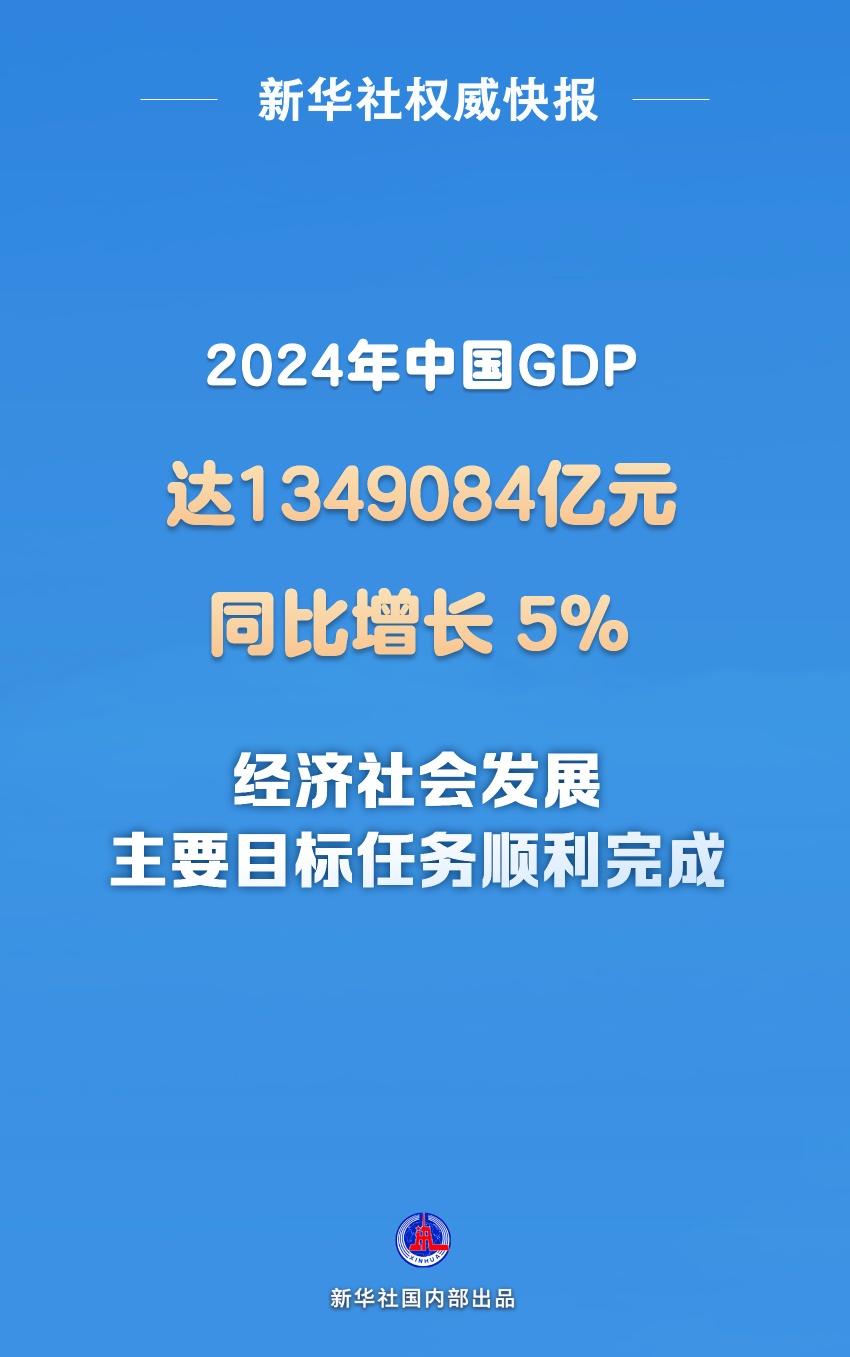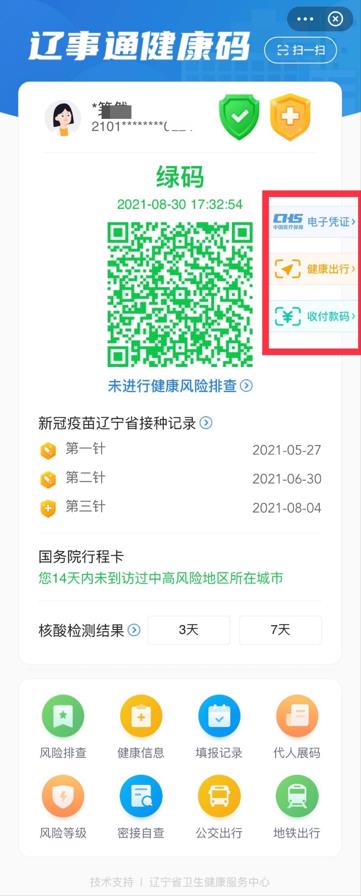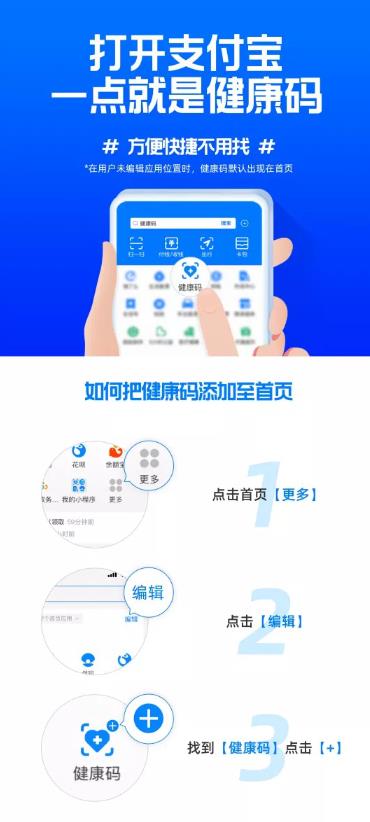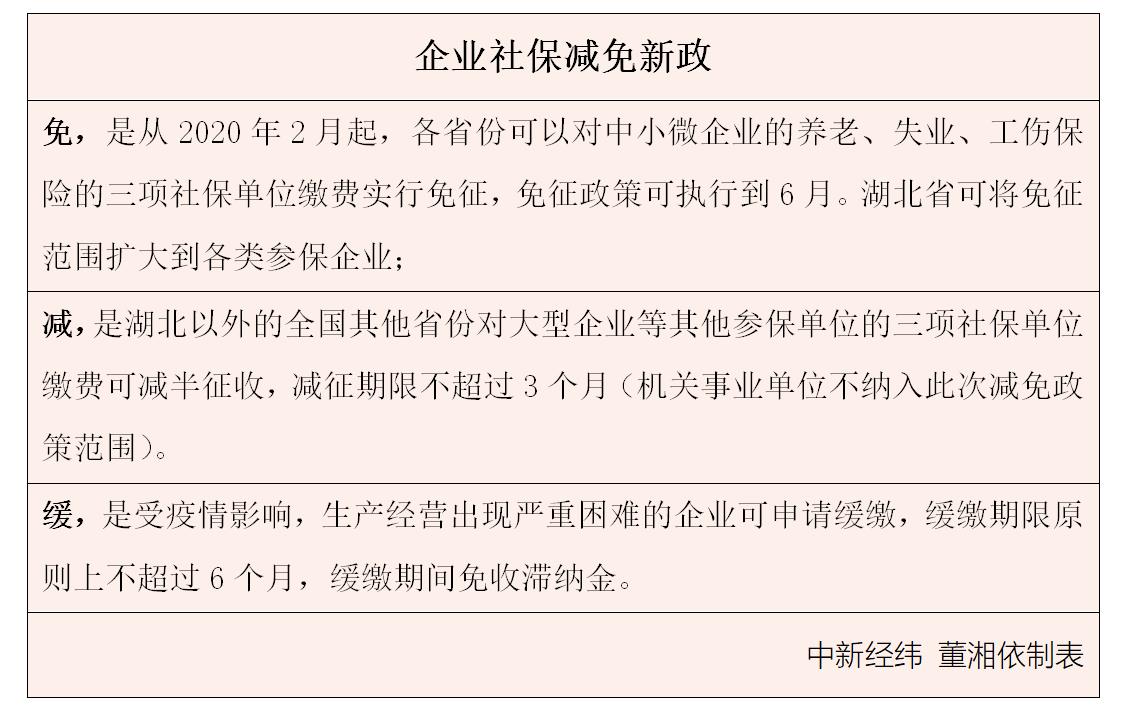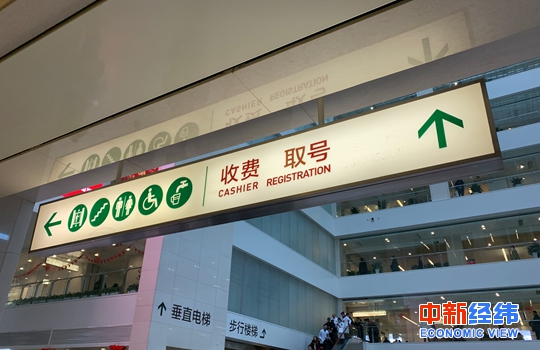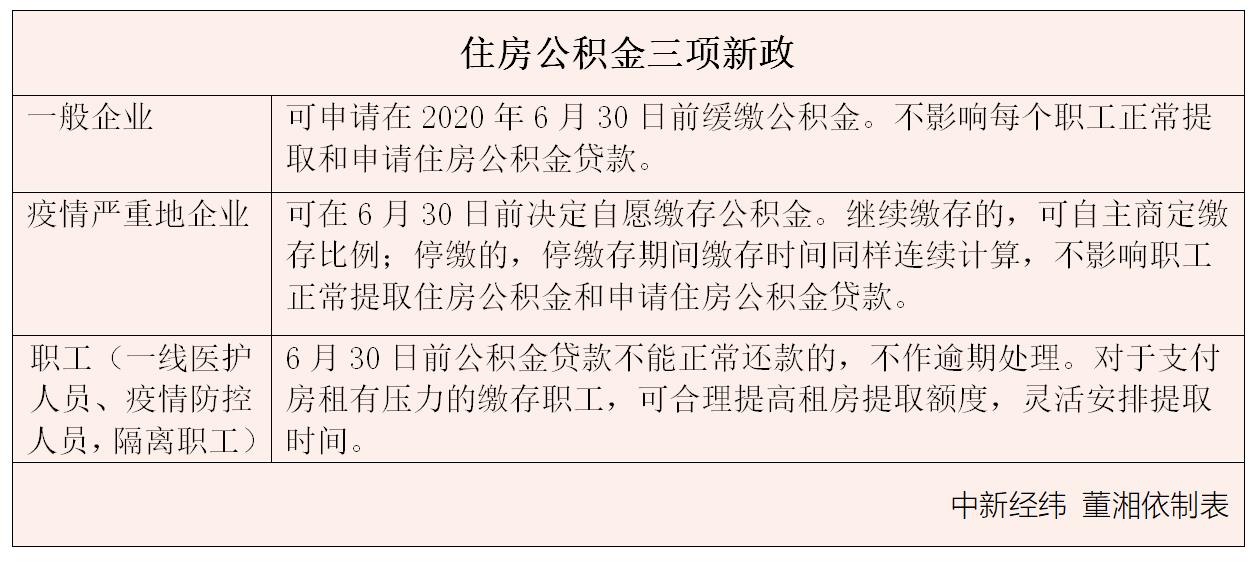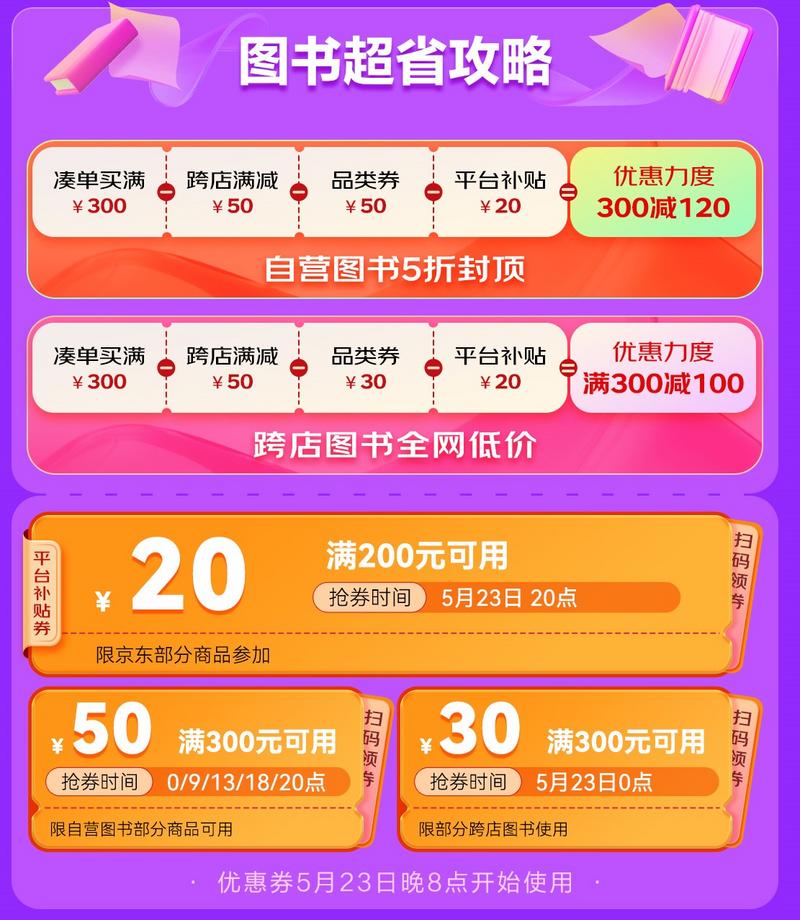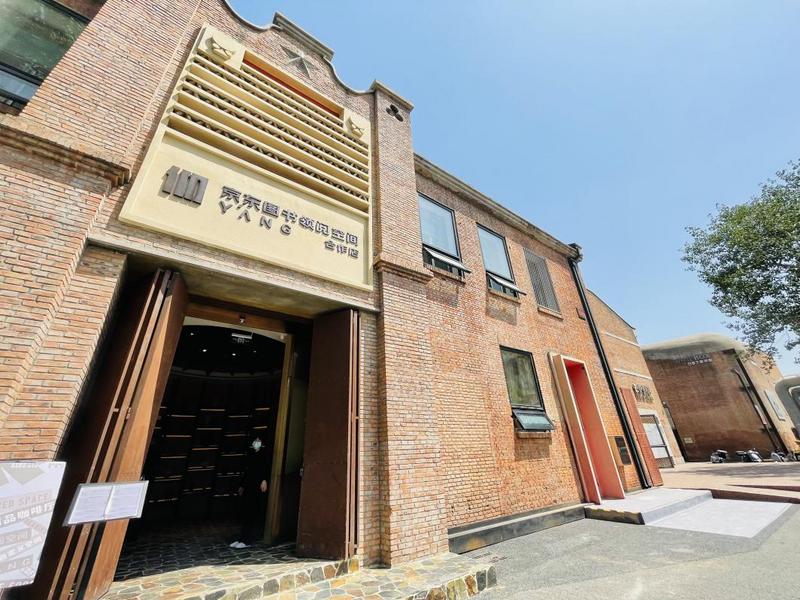Recently, a red-headed document with the name of "State Administration of Market Supervision" and the name of "Retirement Announcement" was circulated in the circle of friends on WeChat. For a time, the problem that the boss of Hunan Shanda Hsi Chin Financial Services Co., Ltd. (hereinafter referred to as "Shanda Hsi Chin") lost contact and was suspected of a thunderstorm surfaced.
Shanda Hsi Chin is a financial service intermediary company headquartered in Changsha, Hunan Province. Founded in 2011, it has never obtained a financial-related license, and has been repeatedly punished by the market supervision department for false investment and financing advertisements. But over the years, Shanda Hsi Chin has attracted a large number of customers to invest in the company with an annualized interest rate of more than 10%.
Recently, Jibiao Pan, the legal representative and actual controller of Shanda Hsi Chin, lost contact. As early as two months ago, some investors found that the company had been unable to pay the principal and interest. On November 19th, a manager of Shanda Hsi Chin told The Paper that the company had more than 100,000 investment customers, and at present, the unpaid investment funds of the company exceeded 10 billion. The official has not released the specific information about the number and amount involved in this matter.
In the early morning of 18th, Shanda Hsi Chin posted a message on its WeChat WeChat official account, saying that the above-mentioned "Retirement Announcement" was used by criminals to defraud customers’ information under the pretext of retiring. On the 19th, Shanda Hsi Chin said that due to multiple factors, the company’s assets, the project party’s assets and the assets actually controlled by affiliated companies will be preserved and disposed of for gradual repayment.
Recently, some investors reported to the public security organs. On November 20, the police of Xiangya Road Police Station of Changsha Public Security Bureau, who received telephone consultation from investors, said that the police were currently studying the case and had not yet filed a case. The police are highly concerned about this matter, and the parties can go to the police station in the jurisdiction to register relevant information.
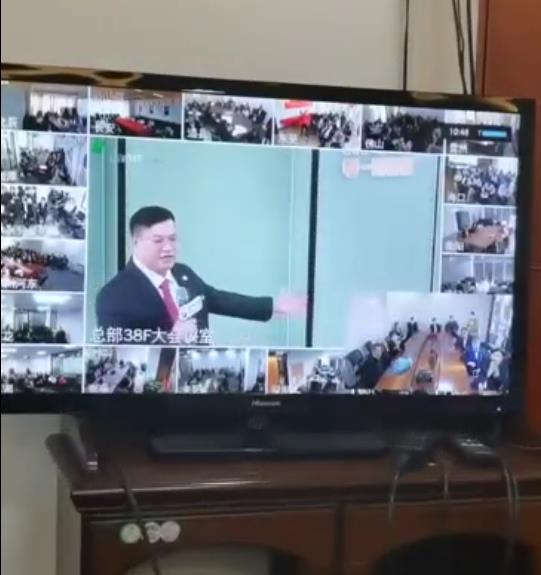
On November 1st, Jibiao Pan said at the company meeting that he would not "run away". Video screenshot
As soon as the boss said "Don’t run away", he lost contact.
The chairman lost contact! This is like "earthquake" news for employees and customers of Shanda Hsi Chin.
"The boss went to Yunnan on the 4 th of this month, and he couldn’t be contacted on the 9 th." A manager of Shanda Hsi Chin told The Paper (www.thepaper.cn) that Jibiao Pan, the chairman of the company, had been missing for about ten days.

On November 18th, some customers came to the general manager’s office of Shanda Hsi Chin to discuss their views. The pictures in this article are all from The Paper reporter Zhu Yuanxiang (except for special labels).
Shanda Hsi Chin is headquartered in the 28th to 38th floors of Golden Landmark Building in Kaifu District, Changsha. On the afternoon of November 18th, a reporter from The Paper came here and found that many customers came here to ask for investment funds, and some offices were crowded with people. Most of the employees in the company don’t know where to go, and a small number of managers are repeatedly explaining to customers.
In the grand Hsi Chin conference room, on one side of the wall display screen, there is still a large image of Jibiao Pan — — He wore a suit and tie, his hair was neatly combed, and he looked at the front with a slight smile.

The image of Jibiao Pan is placed in the grand Hsi Chin conference room.
A manager of the marketing department of Shanda Hsi Chin introduced that Jibiao Pan is the "big boss" of the company, holding 95% of the shares. He went to Yunnan at the beginning of the month to raise money for the company. "His original words are that he has gone to make money."
Before Jibiao Pan lost contact, he attended a meeting of the Golden Jubilee on November 1st. On the same day, wearing a dark suit and a red tie, he appeared in the conference room on the 38th floor of the headquarters. The video shows that he speaks with a microphone, indicating that the company is listing assets and taking the initiative to "request supervision" from relevant departments. "Why did I take the initiative to request supervision? This reflects the responsibility and responsibility of me and Shanda Hsi Chin. " Jibiao Pan said at the time.

On November 18th, some customers who came to beg for money could not find the person in charge of Shanda Hsi Chin and stood in the corridor of the office building.
"Many customers and friends think that I, Jibiao Pan, will abscond with money and transfer assets," Jibiao Pan said in a high voice at the meeting. "I tell you, I have never thought of it this way!"
A week after this speech, employees of the company found it difficult to get in touch with Jibiao Pan. "Last Friday (November 11), the chairman’s phone could not be dialed, and WeChat did not return." An official of Shanda Hsi Chin said that 72 hours after Jibiao Pan lost contact, the company reported to the public security organ.
Jibiao Pan, born in 1973, is a native of Shuangpai County, Yongzhou City, Hunan Province. According to the company website information of Shanda Hsi Chin, Jibiao Pan founded Hsi Chin Credit Guarantee Company in Guangzhou in 1998 and returned to Yongzhou, Hunan Province in 2007 to "support the economic development of his hometown". In 2011, Jibiao Pan established Shanda Hsi Chin to carry out financial services in Hunan and neighboring provinces. In 2021, Jibiao Pan was elected president of Hunan Xiaoxiang Economic Promotion Association. In 2019, Jibiao Pan acquired Standard Resources Holdings, a listed company in Hong Kong, and changed its name to Hsi Chin International, with it as the chairman of the board of directors.
Many investors told The Paper that their trust and investment were based on the propaganda that "Shanda Hsi Chin has defaulted for more than 20 years".

Investor Ms. Liu’s investment receipt in Shanda Hsi Chin was provided by the interviewee.
Liu E (pseudonym) works in a hospital in Shuangpai County, Yongzhou City. She said that in 2016, she invested 200,000 yuan recommended by the salesman of Shanda Hsi Chin, and in November 2021, she invested another 400,000 yuan. After the previous investment of 200,000 yuan expired, she thought that her son would need money to get married. She originally wanted to "take it out", but she could not bear the salesman’s persuasion and continued to sign it for half a year.
"The salesman said that it is investing in medical equipment, and the robot is still awkward. Anyway, it is very promising." Liu E said that in October this year, she only received a dividend, and by November 5, the principal of 400,000 yuan that had expired could not be retrieved on time.
"Jibiao Pan has been back to Yongzhou and Shuangpai. He said that he will definitely return to his roots in the future. Let us rest assured that he will not treat his hometown badly." Liu Wei said.

Tang Fulian said that the principal she and her family invested was over one million.
Tang Fulian in Lengshuitan District of Yongzhou City is also a "hometown" of Jibiao Pan. She once regarded "Pan Zong" as "the pride of Yongzhou people". In 2017, Tang Fulian joined Shanda Hsi Chin as a salesman. For "performance", she encouraged her family to invest, and now the principal invested by herself and her family has reached 1.095 million yuan. "More than 600,000 yuan is borrowed, and I have no money to eat now." When interviewed by The Paper, Tang Fulian, who was begging for money at Shanda’s headquarters in Hsi Chin, cried.
Three years ago, Li Nanhui of Changsha Kaifu District entered the subsidiary of Shanda Hsi Chin — — Changsha Kaifu District Shengda Hsi Chin Financial Services Company became a business manager. He said that most of his customers are relatives and friends. "Now I have 70 or 80 customers, and the money invested ranges from hundreds of thousands to millions. Now, with my own money, there are more than 10 million yuan." Li Nanhui revealed that the investment amount absorbed by Hsi Chin Kaifu District Company was "nearly 150 million".
According to reports, the investment projects introduced by Shanda Hsi Chin to customers include coalbed methane, photovoltaic power generation, natural sand and gravel, and "medical health" and other projects. "The product projects he described to us have a good prospect," Li Nanhui said. "But most of these projects are in other places, and we don’t know how much the company actually invested."

The last page of a Confirmation of Rights and Interests.
The "Confirmation of Equity" presented by several interviewed investors shows that the "annual rate of return" of most previous investments was 14.4%, and some even reached 16%; The return on investment contracted in November this year dropped to 13.2%, still far exceeding the bank interest rate.
Judging from the text of the investment contract, the client did not sign an agreement with Shanda Hsi Chin directly, but paid the "joining capital" in the form of "joining the partnership". There is the official seal of the partnership enterprise on the signature of the text, and Shanda Hsi Chin seals it as a "service enterprise".
How many customers’ investment funds are currently owed by Shanda Hsi Chin, and how much is involved? Li Nanhui said that the information he learned from the company’s senior management team is that there are currently more than 100,000 customers involved, involving 19.4 billion yuan.
When meeting with customer representatives recently, Dr. Xie (name), CEO of Shanda Hsi Chin, said that 19.4 billion yuan is the data provided by the company’s finance, and there may be a small deviation in the statistics of the last three months. "Most of them are in this range, more than 19 billion yuan."
"Now all the data are available, but only a rough idea." An executive in Xiangbei District of Shanda Hsi Chin said, "The company has debts of more than 100 billion, involving 140,000 people." In a recent video of receiving customers, a manager of Shanda Hsi Chin introduced: "The volume of (liabilities) counted up to now is more than 20 billion … … If the income is cut off, the remaining principal will be between 8 billion and 10 billion. "
"False Propaganda" and Legitimacy Query
"Shanda Hsi Chin has about 140 subsidiaries in the country, and there are twelve or three in Changsha alone." Li Nanhui, who has worked in Shanda Hsi Chin for more than three years, said that Shanda Hsi Chin is based in Yongzhou, mainly developed in Hunan, and has also had business in Guangdong, Hubei, Jiangxi and Yunnan in recent years.
However, Shanda Hsi Chin, once regarded as reliable by employees and investors, was repeatedly punished for "false propaganda" in the archives of the regulatory authorities.
In August, 2016, the new Advertising Law was implemented for one year. At that time, the State Administration for Industry and Commerce exposed 10 typical false and illegal advertising cases, among which the illegal advertising case of Hsi Chin, Hunan Shanda was among them. According to the circular, Hunan Shanda Hsi Chin Financial Services Co., Ltd., the party concerned, used its store publicity and leaflets to publish investment and financing advertisements to the society, fabricated the main body of an enterprise group with no facts in the advertisements, and used the name and image of state organs and state functionaries, and was fined 600,000 yuan.
In July 2021, Changsha Kaifu District Market Supervision Administration also issued a fine of 200,000 yuan for the false advertising of Shanda Hsi Chin. The illegal facts identified by Kaifu District Market Supervision Bureau are — — Shanda Hsi Chin declared to the enterprise through its official website, WeChat official account and Hsi Chin monthly magazines: "Shanda Hsi Chin is based in China and radiates all over the world. Established branches in Hong Kong and Shenzhen. In 2019, Shanda Hsi Chin successfully acquired a Hong Kong-listed company (00091.HK), obtained a number of financial licenses and qualifications for the business development of the Hong Kong Securities Regulatory Commission, and accelerated the internationalization strategic layout. "Shanda Hsi Chin officially landed in Hong Kong and successfully obtained the No.1, No.2, No.4, No.5 and No.9 international financial licenses of the Hong Kong Securities Regulatory Commission, which means that the company has obtained the ‘ Pass ’ , officially opened a series of international capital operations. " According to the statement of the party concerned, its legal representative is the executive director and chairman of the board of directors of Hong Kong Standard Resources Holdings Limited, but the party concerned has not obtained the permission or approval to conduct financial business.
It was also found out that the parties advertised "Golden Plate" on the page of official website? Blue Mountain City … … Realized a net profit of 460 million, and the return on investment of shareholders was 200%. World City … … The return on investment is 342%, and the annual return of shareholders is 114%, but the "golden plate" has not been submitted. Blue Mountain City "and" Golden Plate "? Proof of the return on investment of the World City cooperation project.
In addition, in April and June, 2017, official website, the local financial supervision administration of Hunan Province, published two letters and replies about the illegal fund-raising of Shanda Hsi Chin.

All kinds of medals hanging in Shanda’s Hsi Chin office.
On May 25, 2017, the Financial Work Office of Hunan Provincial People’s Government replied: "Shanda Hsi Chin is an investment and financing intermediary established by private capital, not a licensed financial institution, and can’t absorb public deposits … … Even if a private financing institution is established by the relevant government departments for the record, it does not mean that the government or relevant departments will undertake any guarantee or ‘ Bottom ’ Responsibility. "
In the inquiry about whether Shanda Hsi Chin is illegal fund-raising, the Financial Office of the Hunan Provincial Government explained the criminal and civil meanings of illegal fund-raising in its reply on July 11, 2017, and said, "Hunan Shanda Hsi Chin Financial Services Co., Ltd. is a private investment and financing intermediary established by private capital. Whether it is suspected of illegal fund-raising in specific business activities requires investors to identify by themselves. If any illegal acts are found, they should report to the public security and other competent departments as soon as possible."
On November 19th, in an interview with The Paper, a manager of Shanda Hsi Chin said that the company had not obtained the relevant financial license so far, but said that "the previous policy was lenient … …” .
Recently, some investors reported to the public security organs that Shanda Hsi Chin was suspected of illegally absorbing public deposits and other illegal and criminal acts.
On November 20, the police of Xiangya Road Police Station of Changsha Public Security Bureau, who received telephone consultation from investors, said that the police were currently studying the case and had not yet filed a case. The police are highly concerned about this matter, and the parties can go to the police station in the jurisdiction to register relevant information.
Investors are faced with difficulties in refunding, and the company issues a repayment plan.
The unexpected situation of Shanda Hsi Chin caught many investors off guard.
Ou Qiuhong, a native of Chenzhou, Hunan, told The Paper that she invested 300,000 yuan in Shanda Hsi Chin. "Now there is no dividend, and the principal can’t be recovered." She said that she worked in Changsha over the years, working as a part-time cleaner for three times, while her husband worked as a porter on the construction site, and the whole family saved some money. In March 2021, she invested 10,000 yuan through the salesman of Shanda Hsi Chin. After receiving the dividend, she was relieved to "invest". By June 2022, she invested a total of 300,000 yuan in principal, of which 10,000 yuan was the pension money earned by her mother selling small dishes.
"The company said that it was investing in a wine, with a return of 14.4% a year. Dividend every quarter, deduct 1% of the handling fee. " Ou Qiuhong said that by the beginning of November this year, she had not received the dividend and the principal due was not returned.

Investors receive their own investment funds within the group.
Among the investors interviewed by The Paper, some said that they had invested more than 1 million yuan, while others said that they had invested at least 50,000 yuan. On September 30th this year, Ms. Wang of Changsha County invested 150,000 yuan through the lobbying of her neighbors upstairs as a salesman of Shanda Hsi Chin. "The salesman said that during the activities during the National Day, 50,000 three-month income was 1,800 yuan, and 100,000 three-month income was 3,600 yuan. In addition, at the end of the month, the welfare of 50,000 yuan was given to a bag of rice+a spray, and 100,000 bags of rice+a bucket of laundry detergent." Ms. Wang said that she now regrets that she was hot-headed. "My sister is now preparing for surgery on a brain tumor, and it is diagnosed as advanced lung cancer. I also borrowed 50,000 yuan from her. How can I return it to her now?" Ms. Wang said with tears.
A number of salesmen said that all the investment money paid by customers is to enter Shanda Hsi Chin. Judging from the transfer vouchers presented by the respondents, the money was not directly transferred to the company account. "The transfer is through the private accounts of the company’s employees, but all the money is paid to Shanda Hsi Chin’s finances." Li Nanhui said, "As for whether the money is really invested in other companies, it is unclear."
According to Li Nanhui, since July and August this year, there have been some problems in the payment of funds by Shanda Hsi Chin. Li Nanhui said: "The company explained to us that because the country cracked down on telecom fraud and the bank locked the card, our funds could not come out."
Li Nanhui said that some time ago, Shanda Hsi Chin was short of funds, and the company’s top management encouraged salesmen to pay the customers’ income and due principal. "The salesman pays ten thousand dollars in advance, and the income of one day is four or five dollars. This is the commitment of the company leaders to us. " He said that he has paid more than 200,000 yuan to customers this month.
Li Nanhui revealed that in August this year, the "public opinion" of Shanda Hsi Chin’s capital problem began to appear on the Internet. "Later, new customers invested less money, and old customers demanded more and more refunds." He remembers that some time ago, the company’s top management conveyed that Shanda Hsi Chin was preparing to cooperate with a policy bank, which "has a bright future". Since then, on November 10th, 2.51 billion yuan of real estate of Shanda Hsi Chin related equity projects was listed on Hunan Stock Exchange. The deadline for registration of this transaction is December 7th.
"On November 10th, we also reported the happy news to the chairman of the board of directors, which was officially listed. After the listing transaction, there will be funds to come down. " An official of Shanda Hsi Chin said that Jibiao Pan, the chairman of the board of directors, lost contact on November 11th before the asset transaction in December.
On November 14th, Hsi Chin International (stock code: 00091.HK) announced that Jibiao Pan had resigned as executive director, chairman of the board of directors and chief executive officer of the group due to "planning to spend more time on other personal affairs", with effect from now on.
After Jibiao Pan lost contact, Dr. Xie, the CEO of Shanda Hsi Chin, presided over the work.
On November 17th, a red-headed document — — The "Retirement Announcement" was spread in the WeChat circle of friends. According to the fake document, Shanda Hsi Chin cheated consumers and failed to pay them on time, and the State Administration of Markets and the third-party fund supervision institution liquidated the company and published the liquidation website.

A fraudulent website made by fraudsters. Network screenshot
The Paper reporter found that the website was a fraudulent website, requiring investors to submit five personal real information. The Paper learned from the Anti-Fraud Police Department of Changsha Public Security Bureau that in recent years, with the frequent violent thunder of illegal fund-raising cases, the corresponding fraud methods have also quickly followed. "Some victims have been psychologically hurt after being cheated on their investment, and when they hear the refund, it is like catching a lifeline … … Some were cheated again. "
In the early morning of 18th, Shanda Hsi Chin posted a message on its WeChat WeChat official account that the counterfeit documents such as the "Retirement Announcement" were used by criminals to defraud customers’ information under the pretext of retiring, and the company will announce the retirement plan on 19th.
In the early morning of November 19th, Shanda Hsi Chin released the Announcement on Relevant Matters Concerning Benign Retirement on its WeChat WeChat official account, saying that due to the economic environment, epidemic situation and the loss of the company’s actual controller, Jibiao Pan, the contract expired and was not paid. Upon the research and decision of the emergency leading group of Shanda Hsi Chin, since the date of announcement, the assets of Shanda Hsi Chin, the assets of the project party and the assets actually controlled by affiliated companies will be preserved and disposed according to laws and regulations for gradual liquidation.
In this announcement, Shanda Hsi Chin said that its clients would elect representatives to set up the municipal branches, provincial associations and national associations of the Investor Rights Protection Committee layer by layer to handle assets disposal and payment. In addition, the government departments will be asked to preserve the currently known assets, and then "scientifically dispose of and dissolve the stock".
Published almost at the same time, there is a grand Hsi Chin "independent benign repel proposal". The plan proposes that the principle of "old first and then less" and "small first and then big" should be fully considered in the payment order of investment funds. The preparatory period for repaying the loan is expected to be 12 months. For customers aged 65 and above, and customers under 65 whose principal should not exceed 30,000 yuan, they will be formally paid in December 2023, and the longest payment will be completed in 48 installments, each of which will not exceed 10,000 yuan; For other customers, it will be paid in December 2024, and the longest payment will be completed in 36 installments, and each installment will not exceed 10,000 yuan.
The scheme puts forward the method of "paying debts with assets": customers can choose to pay with the existing Lai Yongxing sauce and wine products. In addition, during the redemption period, "if the company’s liquidity reaches 1.1 times of the amount of principal to be repaid and the total amount of other liabilities, it will be redeemed immediately."
As for the above-mentioned "proposal", among the investors interviewed, some said that "it can only be like this", some held a wait-and-see attitude, while others said that it was difficult to accept: "How long has each issue not been written, which can be one month or ten years … …”
